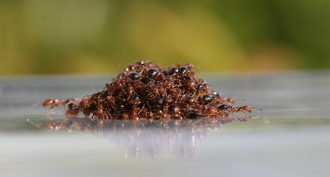HS-ESS2-1
Develop a model to illustrate how Earth's internal and surface processes operate at different spatial and temporal scales to form continental and ocean-floor features.
-
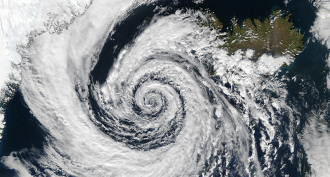 Earth
Earth‘Weather bomb’ storms send tremors through Earth
Scientists have detected tiny tremors in the Earth coming from an extreme storm. One day, those tiny tremors could help reveal Earth’s innermost secrets.
-
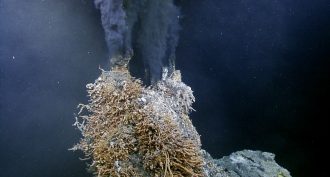 Oceans
OceansSeafloor hosts surprising number of deep-sea vents
A new sensor detects changes in seawater chemistry and finds far more ecosystem-supporting seafloor vents than scientists had believed were out there.
-
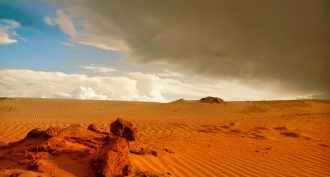 Earth
EarthDust creates deserts in the sky
Vast rivers of dust flow through the sky. This invisible force shapes our world in profound ways. And scientists are finally homing in on a major source.
By Douglas Fox -
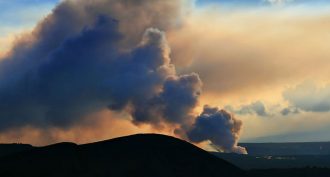 Earth
EarthCool Jobs: Getting to know volcanoes
It’s too hot to explore the insides of a volcano. These scientists examine their lava, their low-frequency rumblings and their ‘vog’.
By Ilima Loomis -
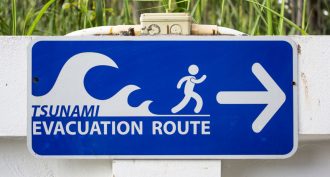 Oceans
OceansExplainer: What is a tsunami?
Earthquakes and landslides can create huge waves that travel across oceans.
-
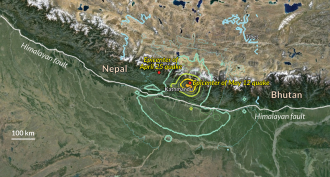 Earth
EarthMajor new quake rattles Nepal
A new earthquake struck Nepal on May 12. Its tremors were centered on a new region.
By Janet Raloff -
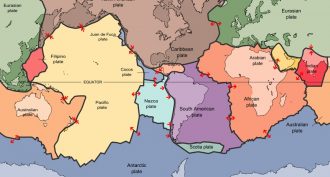 Earth
EarthExplainer: Understanding plate tectonics
Plate tectonics is the process whereby Earth continually rebuilds itself — and causes destructive events like earthquakes and volcanic eruptions.
-
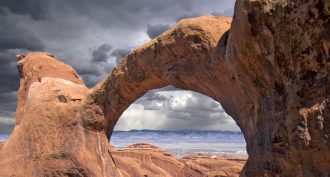 Physics
PhysicsBracing sand sculptures with gravity
Natural sculptures of sandstone withstand strong winds and rains. The reason, a new study concludes: Gravity holds the sand grains together.
-
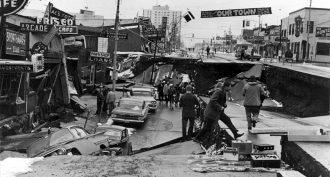 Earth
EarthThe quake that shook up geology
North America’s biggest earthquake struck 50 years ago. Here’s what science has learned about Earth since the 1964 Great Alaskan Earthquake.
By Beth Geiger -
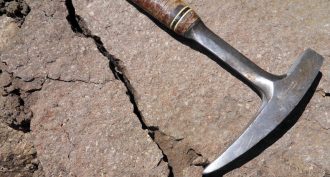 Environment
EnvironmentDoes lightning sculpt mountains?
A new study sparks debate about how much rubble on a mountainside has been blasted loose by powerful bolts from the sky.
By Sid Perkins -
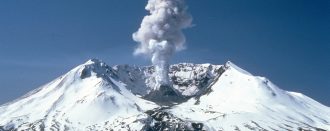 Earth
EarthHow Earth’s surface morphs
Partly melted rock acts like grease to help huge masses of the planet’s surface slip up, around and down.
-
